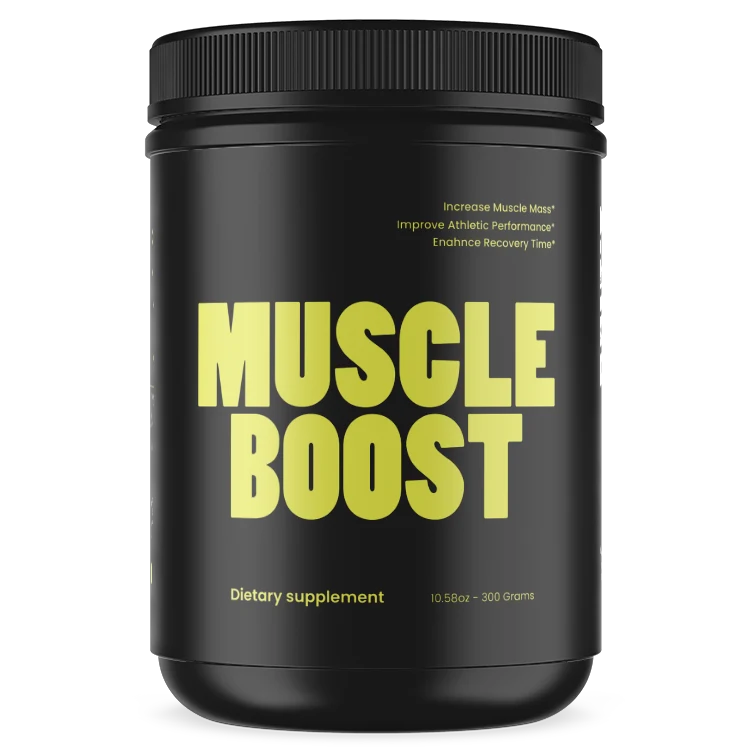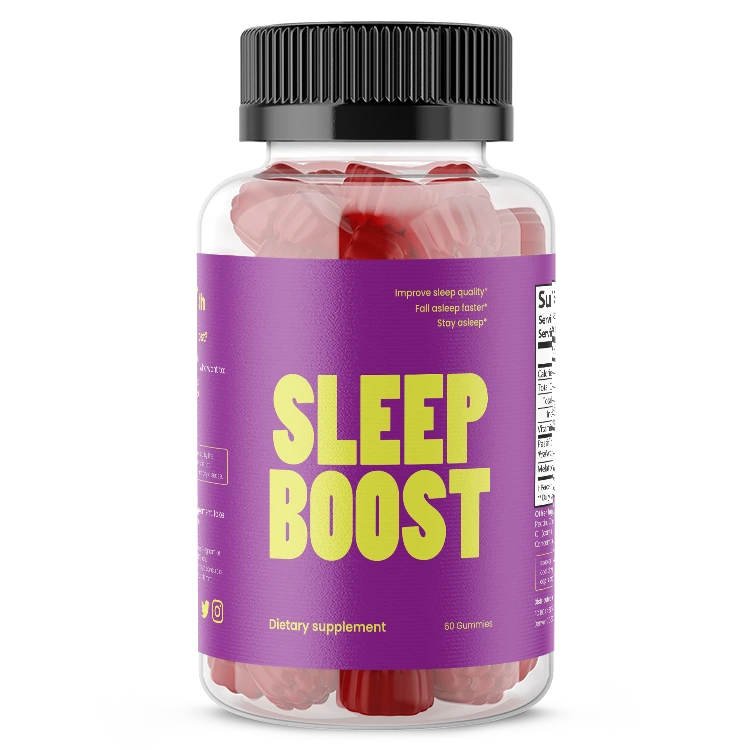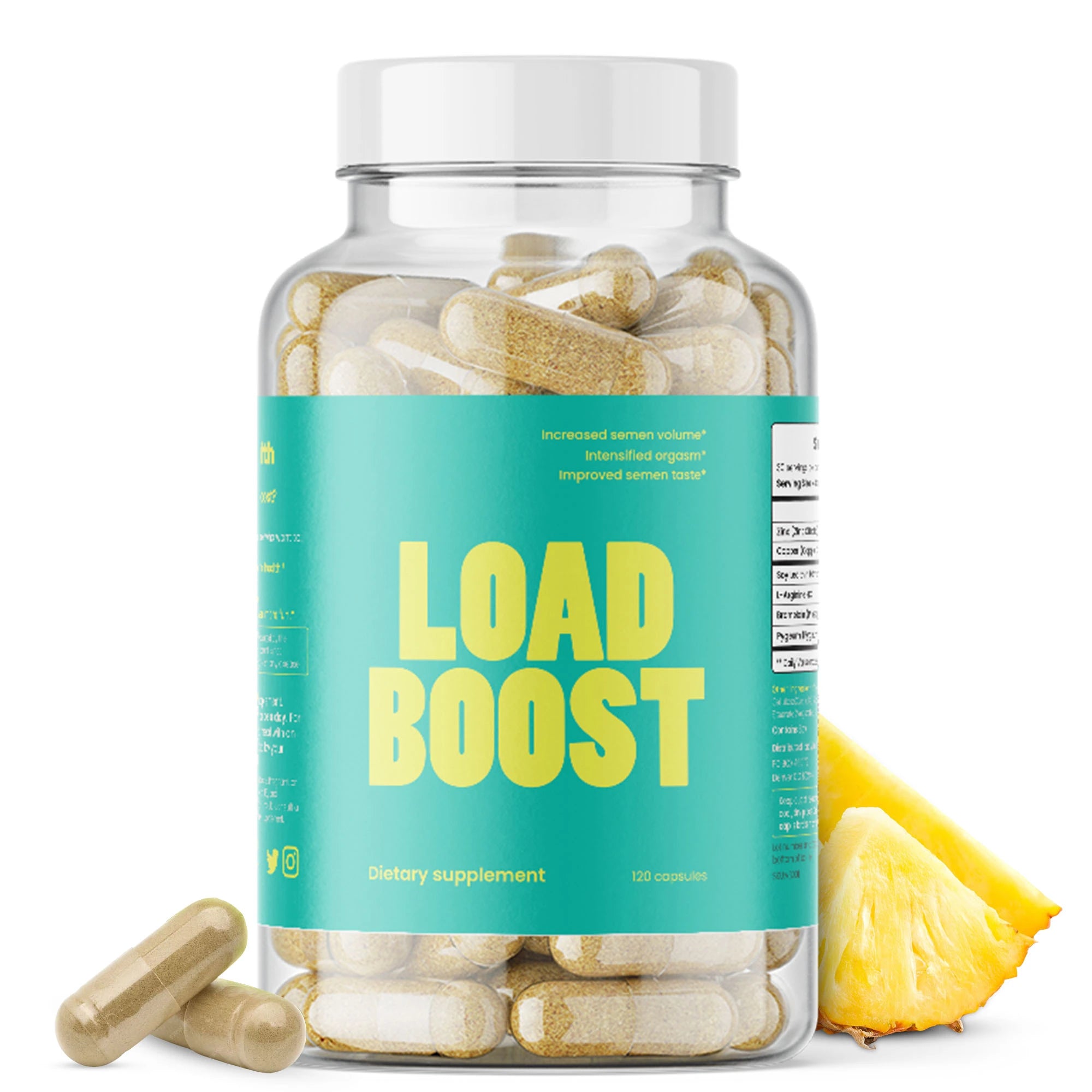Boric acid is often suggested as an at-home treatment for yeast infections. In this article, we'll analyze boric acid suppositories and oral probiotics for vaginal health.
Understanding Yeast Infections
Yeast infections occur when the fungus Candida overgrows. Symptoms typically include an itchy or burning sensation in and around the vagina, a thick white discharge, redness, swelling, and burning while urinating [trusted_source link="https://www.ncbi.nlm.nih.gov/pmc/articles/PMC5572645/" aggregator="NCBI" institution="University of California" title="Boric Acid for Recurrent Vaginal Yeast Infections" link_anchor=""].
Differences Between BV and Yeast Infections
- Irritation and Burning: Present in yeast infections, not always in BV.
- Discharge: High volume, thin grey with a fishy smell in BV, cottage cheese appearance in yeast infections.
Probiotics for Yeast Infections
- Restore natural balance of bacteria and yeast: Probiotics help maintain a healthy vaginal microbiome, reducing the overgrowth of Candida and other pathogenic organisms. This balance is crucial in preventing yeast infections and ensuring overall vaginal health. [trusted_source link="https://www.ncbi.nlm.nih.gov/pmc/articles/PMC2786899/" aggregator="NCBI" institution="University of Western Ontario" title="The Role of Probiotics in Vaginal Health" link_anchor=""]
- Reduce recurrence of infections: Regular use of probiotics can help prevent the recurrence of yeast infections by maintaining the balance of microorganisms in the vaginal environment. Probiotics like Lactobacillus species have been shown to inhibit the growth of Candida, thus reducing the likelihood of recurrent infections. [trusted_source link="https://www.ncbi.nlm.nih.gov/pmc/articles/PMC3705311/" aggregator="NCBI" institution="University of Tokyo" title="Prebiotics and Lactobacilli in Vaginal Health" link_anchor=""]
-
Enhance effectiveness of other treatments: Probiotics can complement antifungal treatments, enhancing their effectiveness and reducing side effects. They support the natural defense mechanisms of the vaginal microbiome, making antifungal treatments more effective. [trusted_source link="https://www.ncbi.nlm.nih.gov/pmc/articles/PMC2786899/" aggregator="NCBI" institution="University of Western Ontario" title="The Role of Probiotics in Vaginal Health" link_anchor=""]
Oral Probiotics for Vaginal Health
Lactobacillus rhamnosus
Lactobacillus rhamnosus is a well-researched probiotic strain known for its ability to support vaginal health. It helps maintain a healthy balance of bacteria in the vagina, reducing the overgrowth of harmful bacteria and yeast like Candida. This strain produces lactic acid, which lowers the pH of the vaginal environment, making it less hospitable for pathogens [trusted_source link="https://www.ncbi.nlm.nih.gov/pmc/articles/PMC2786899/" aggregator="NCBI" institution="University of Western Ontario" title="The Role of Probiotics in Vaginal Health" link_anchor=""].
Research indicates that Lactobacillus rhamnosus can also enhance the immune response in the vaginal mucosa, providing additional protection against infections. This makes it a valuable component in probiotic formulations aimed at preventing and managing vaginal infections, including yeast infections [trusted_source link="https://www.ncbi.nlm.nih.gov/pmc/articles/PMC6410068/" aggregator="NCBI" institution="University of Chicago" title="Immunomodulatory Effects of Lactobacillus rhamnosus on Vaginal Health" link_anchor=""].
Lactobacillus reuteri
Lactobacillus reuteri is another key probiotic strain found in products like Soaking Wet. It is effective in maintaining the balance of the vaginal microbiome by producing reuterin, a substance with antimicrobial properties that inhibit the growth of pathogenic bacteria and yeast. This strain helps to restore and maintain a healthy vaginal environment, which is crucial for preventing recurrent infections [trusted_source link="https://www.ncbi.nlm.nih.gov/pmc/articles/PMC2786899/" aggregator="NCBI" institution="University of Western Ontario" title="The Role of Probiotics in Vaginal Health" link_anchor=""].
Studies have shown that Lactobacillus reuteri can also enhance the epithelial barrier function in the vagina, reducing the likelihood of infections. By promoting a healthy and resilient vaginal mucosa, this probiotic strain supports overall vaginal health and prevents the colonization of harmful microorganisms [trusted_source link="https://www.ncbi.nlm.nih.gov/pmc/articles/PMC5435872/" aggregator="NCBI" institution="University of Gothenburg" title="Lactobacillus reuteri in Enhancing Vaginal Epithelial Barrier" link_anchor=""].
Prebiotics for Vaginal Health
Lactoferrin
Lactoferrin is a glycoprotein that plays a significant role in supporting the growth of beneficial bacteria in the vaginal microbiome. It has antimicrobial properties that help to inhibit the growth of pathogenic bacteria and yeast, while promoting the proliferation of probiotics like Lactobacillus strains. Lactoferrin binds to iron, depriving harmful microorganisms of this essential nutrient, thereby inhibiting their growth [trusted_source link="https://www.ncbi.nlm.nih.gov/pmc/articles/PMC4351791/" aggregator="NCBI" institution="Kyoto University" title="The Role of Lactoferrin in Vaginal Health" link_anchor=""].
In addition to its antimicrobial effects, lactoferrin also has anti-inflammatory properties, which help to maintain the health of the vaginal mucosa and reduce the risk of infections. It works synergistically with probiotics to enhance their effectiveness and support a healthy vaginal environment [trusted_source link="https://www.ncbi.nlm.nih.gov/pmc/articles/PMC3705311/" aggregator="NCBI" institution="University of Tokyo" title="Prebiotics and Lactobacilli in Vaginal Health" link_anchor=""].
Fructooligosaccharides (FOS)
Fructooligosaccharides (FOS) are prebiotic fibers that support the growth of beneficial bacteria in the vaginal microbiome. By serving as a food source for probiotics like Lactobacillus strains, FOS help to promote their proliferation and enhance their effectiveness in maintaining vaginal health. This leads to a more balanced and healthy vaginal environment [trusted_source link="https://www.ncbi.nlm.nih.gov/pmc/articles/PMC4245569/" aggregator="NCBI" institution="University of Helsinki" title="The Role of Fructooligosaccharides in Enhancing Probiotic Growth" link_anchor=""].
FOS also contribute to the production of short-chain fatty acids (SCFAs) in the vaginal environment, which lower the pH and create an inhospitable environment for pathogenic bacteria and yeast. This helps to prevent infections and supports the overall health of the vaginal microbiome [trusted_source link="https://www.ncbi.nlm.nih.gov/pmc/articles/PMC3705311/" aggregator="NCBI" institution="University of Tokyo" title="Prebiotics and Lactobacilli in Vaginal Health" link_anchor=""].
Boric Acid for Yeast Infections
Boric acid is commonly used as a post-sex suppository - a tablet placed directly into the vagina.
Boric Acid for Resistant Infections
Boric acid can be helpful for resistant or recurrent vaginal infections, particularly when combined with a prescription antifungal or antibiotic. For yeast infections caused by Candida glabrata, boric acid may be an effective treatment [trusted_source link="https://www.ncbi.nlm.nih.gov/pmc/articles/PMC5120032/" aggregator="NCBI" institution="University of Michigan" title="The Use of Boric Acid Suppositories in Recurrent Vulvovaginal Candidiasis" link_anchor=""].
A study by the University of California supports the use of boric acid for recurrent vaginal yeast infections, emphasizing its role when standard treatments fail [trusted_source link="https://www.ncbi.nlm.nih.gov/pmc/articles/PMC5572645/" aggregator="NCBI" institution="University of California" title="Boric Acid for Recurrent Vaginal Yeast Infections" link_anchor=""].
Advice from Dr. Katherine Lessman
Dr. Katherine Lessman advises that prescription treatments are safe and effective for BV and yeast infections. Boric acid may be useful in specific contexts, such as resistant infections caused by Candida glabrata. However, it is important to consult a doctor for ongoing or recurrent infections.
Potential Risks and Drawbacks
Toxicity and Irritation
Boric acid can be toxic if swallowed, and can cause severe irritation, even chemical burns. Sexual partners may also report skin irritation. [trusted_source link="https://www.ncbi.nlm.nih.gov/pmc/articles/PMC3133933/" aggregator="NCBI" institution="Harvard University" title="Toxicity and Irritation Associated with Boric Acid" link_anchor=""]
Use During Pregnancy
Boric acid is not recommended for pregnant women due to potential toxicity. Even a tiny amount absorbed vaginally may pose risks to the developing embryo. [trusted_source link="https://www.ncbi.nlm.nih.gov/pmc/articles/PMC4992401/" aggregator="NCBI" institution="University of Toronto" title="Potential Risks of Boric Acid During Pregnancy" link_anchor=""]
Conclusion
Boric acid can be an effective treatment for resistant vaginal infections, particularly those caused by Candida glabrata. However, its use is not without risks, especially during pregnancy. Consulting a healthcare provider for appropriate treatments is crucial.
[sources]




